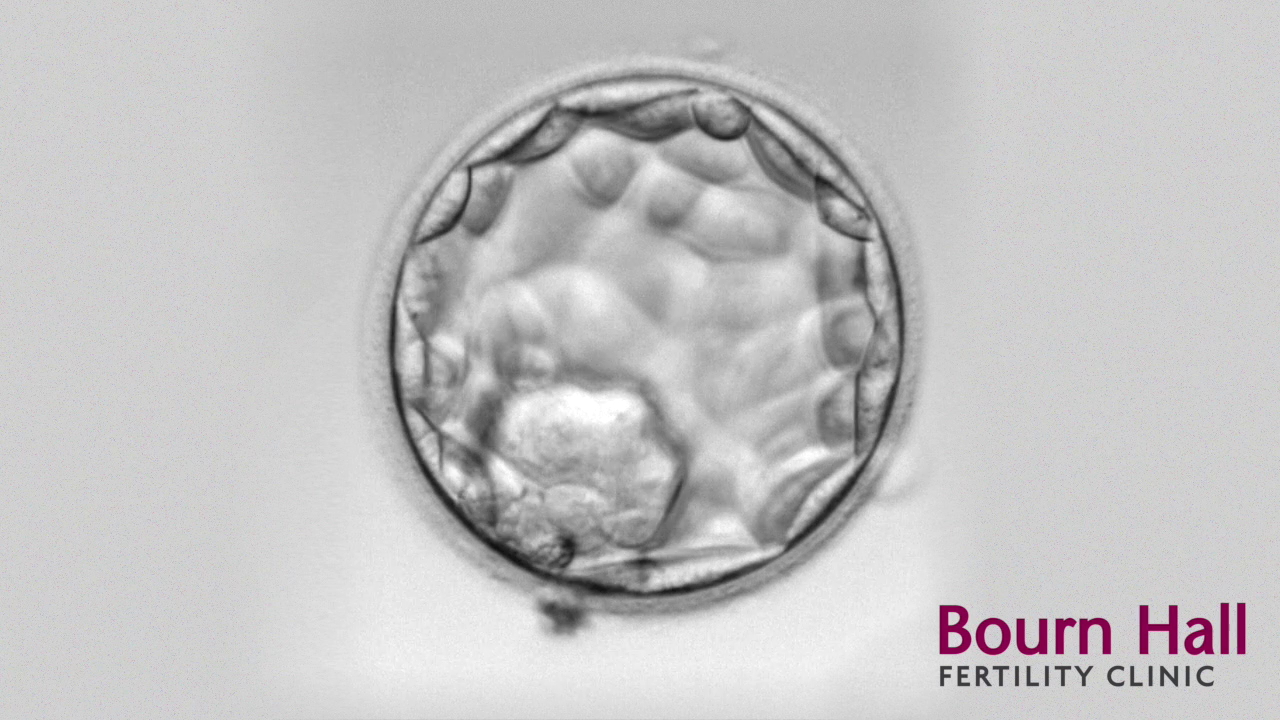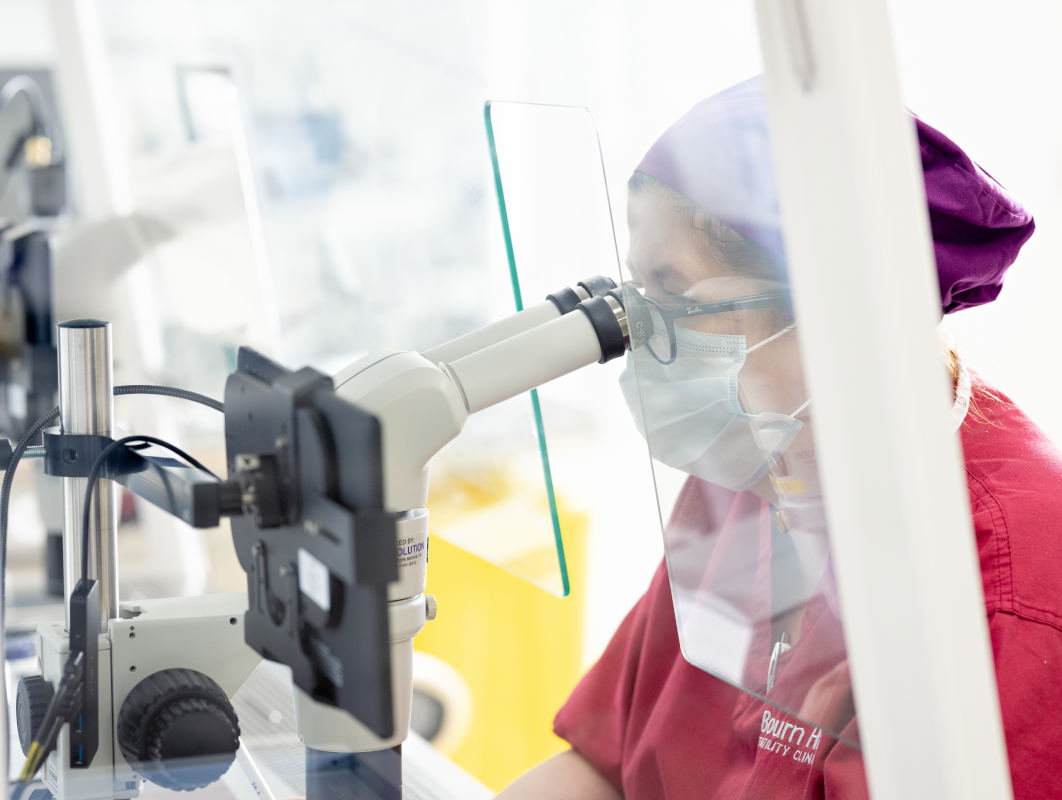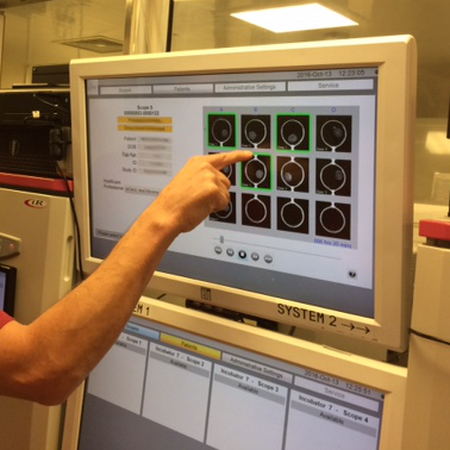IVF live birth rates could be improved by seven per cent through the addition of hyaluronic acid (HA) to the embryo transfer media, a paper in Human Reproduction has found. With this growing body of evidence, Bourn Hall is to offer ‘EmbryoGlue’ as an option to its self-funded patients and closely monitor the outcomes.
Improving embryo implantation
Embryo implantation into the lining of the womb is a major determining factor in the success of IVF. Bourn Hall Embryologist Lucy Reading has been studying the gathering evidence that hyaluronic acid improves implantation rates.
She comments: “The Cochrane Review is highly respected, and it has concluded that live birth rates can be improved through the addition of hyaluronic acid to the media before embryo transfer. As HA is found naturally in the body there are no adverse effects, and in some studies, there was even found to be a slight decrease in the rate of miscarriages.

“Having studied the Cochrane Review and discussed the treatment with other embryologists, Bourn Hall is going to offer EmbryoGlue as an option to our self-funded patients. IVF treatment is very individual, so it is difficult to predict the outcome in advance, but we believe that patients should be offered the chance to choose.”
Important role of hyaluronic acid
IVF is a treatment that helps people with fertility problems to have a baby. The woman’s ovaries are stimulated to produce eggs, which are collected and fertilised with sperm in the lab to create embryos. The embryos are transferred to the woman’s womb in a viscous transfer solution that helps the embryo to stick successfully to the inside of the womb.
Hyaluronic acid is found naturally in the womb, with levels increasing ahead of implantation. It is thought that the presence of HA, which is detected by receptors on both the embryo and the endometrium, helps to ensure the correct positioning of the embryo and therefore has an important role in natural conception and may also improve embryo development.
Evidence from Cochrane Review
The Cochrane Review investigated the use of embryo transfer media with different concentrations of HA to see if it could improve pregnancy outcomes. Researchers selected 26 randomised controlled studies published up to 2020. The studies included 6,704 women aged 27 to 35 who underwent IVF/ICSI.
The report found that when the transfer media contained little or no HA, the average live birth rate was 33 per cent. Solutions with a higher HA concentration increased the chances of a live birth to between 37 to 44 per cent. This means an extra birth for every 14 embryos transferred.
Lucy continues: “A more recent study peer reviewed in Human Reproduction found a seven per cent increase in live birth rate, which is significant. Additionally, an improvement in implantation may also decrease the need to transfer multiple embryos, which is another benefit.”
EmbryoGlue is an optional treatment that has been defined by the HFEA as an ‘add on’ and been given a yellow rating, indicating ‘moderate evidence of success’. However, there have been a number of more recent studies that are building a body of evidence of its positive role, and no adverse effects have been reported.







